TRAVEL
Journey Through Germany: 30 Spectacular Travel Destinations
Published
5 months agoon
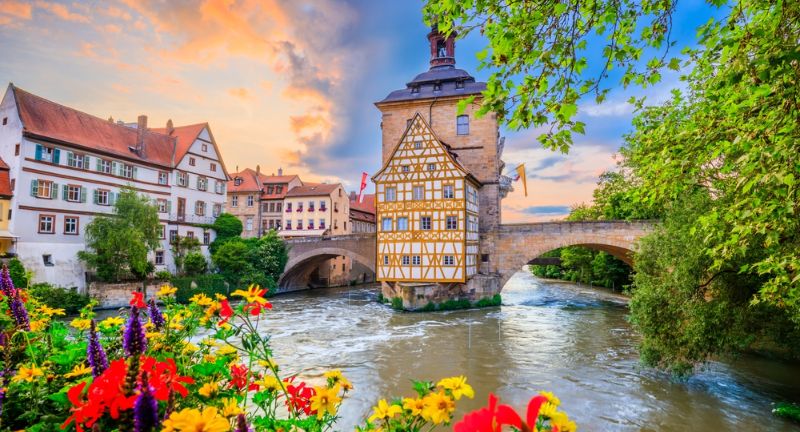
Shutterstock
Germany is a land of contrasts, offering everything from bustling cities rich in history to serene landscapes filled with natural beauty. Whether you’re drawn to fairy-tale castles, charming medieval towns, or the scenic wonders of the Alps, there’s something for everyone in this diverse country. Visitors can immerse themselves in world-class museums, savor traditional German cuisine, or explore centuries-old architecture that tells stories of the past. From vibrant urban life to peaceful countryside retreats, Germany offers a unique travel experience for every type of adventurer. Here are 30 amazing places to visit on your vacation to this incredible destination.
Berlin
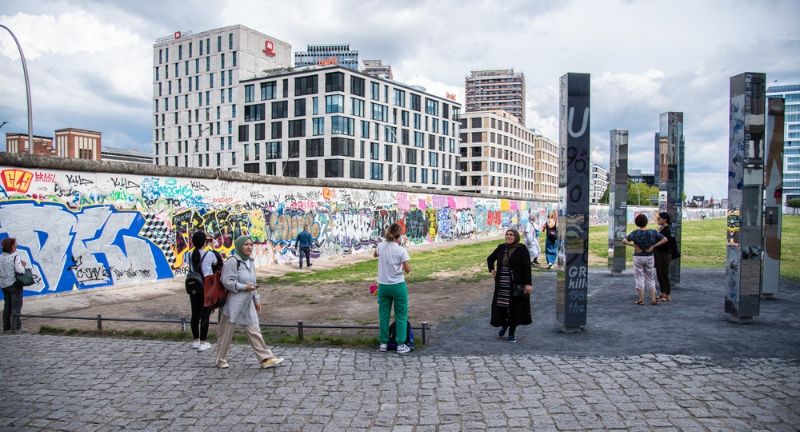
Shutterstock
Germany’s capital city, Berlin, is a vibrant blend of history and modern culture. The Brandenburg Gate and remnants of the Berlin Wall serve as poignant reminders of the city’s tumultuous past. Meanwhile, the city’s modern art scene and famous nightlife pulse with energy. Whether you’re exploring world-class museums or strolling through sprawling parks, Berlin offers something for everyone.
Neuschwanstein Castle
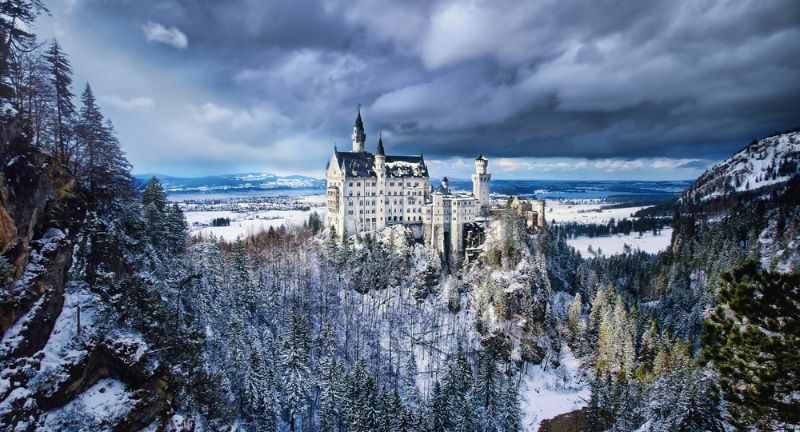
Shutterstock
Perched high in the Bavarian Alps, Neuschwanstein Castle is a storybook sight to behold. This fairy-tale fortress inspired Disney’s Sleeping Beauty Castle and is one of the most photographed buildings in Germany. Inside, opulent rooms and extravagant decorations give a glimpse into King Ludwig II’s imagination. Surrounded by towering mountains and crystal-clear lakes, the castle offers stunning views, making it a must-visit for travelers.
Munich
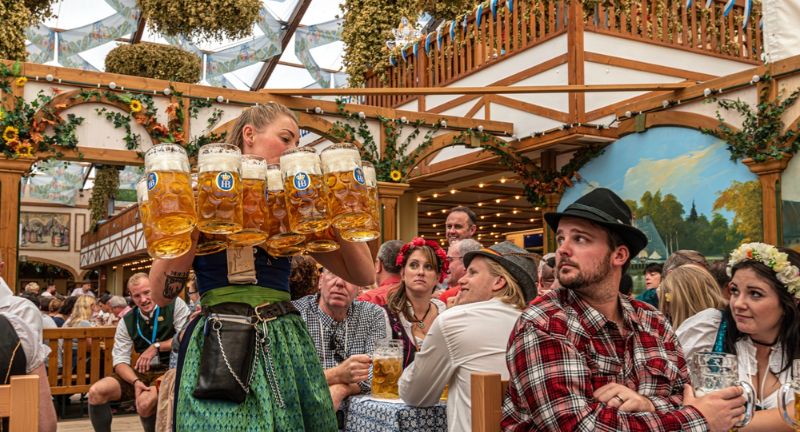
Shutterstock
Munich is the capital of Bavaria and home to the world-famous Oktoberfest. The city’s central square, Marienplatz, is surrounded by historical architecture, including the New Town Hall with its enchanting Glockenspiel. Munich’s sprawling English Garden is a green oasis perfect for relaxation, while traditional beer halls, like the iconic Hofbräuhaus, provide a taste of local culture. With a mix of rich history and modern vibrancy, Munich is an essential stop on any German itinerary.
Heidelberg
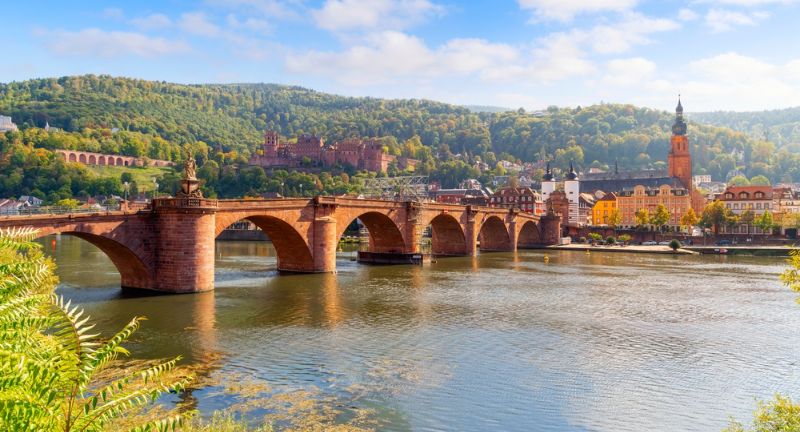
Shutterstock
Heidelberg is home to Germany’s oldest university, lending the city an air of intellectual charm. The ruins of Heidelberg Castle, perched high above the Neckar River, offer both a romantic atmosphere and a sense of the city’s rich past. Stroll through the Altstadt (Old Town) with its picturesque streets and quaint shops. Heidelberg’s unique blend of history and beauty has inspired poets, artists, and scholars for centuries.
Hamburg
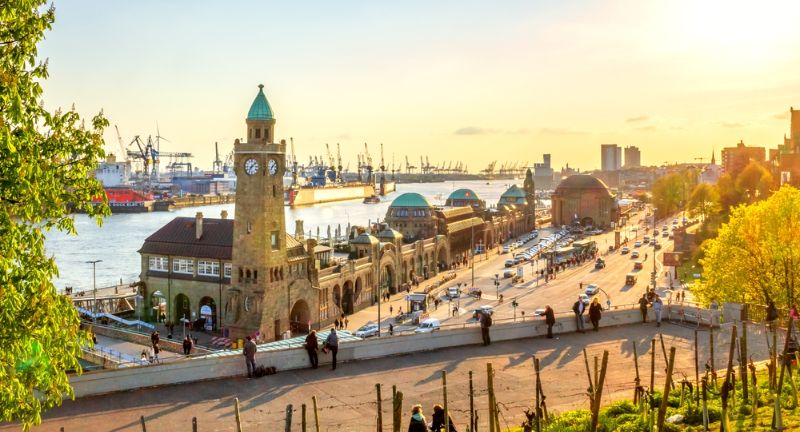
Shutterstock
As Germany’s second-largest city, Hamburg boasts one of Europe’s busiest ports. The stunning Elbphilharmonie concert hall dominates the skyline, offering world-class performances and panoramic views. Don’t miss a visit to Speicherstadt, the largest warehouse district in the world, where historic brick buildings stand alongside modern innovations. Whether you’re exploring the harbor or indulging in fresh seafood, Hamburg’s maritime charm will captivate you.
Cologne
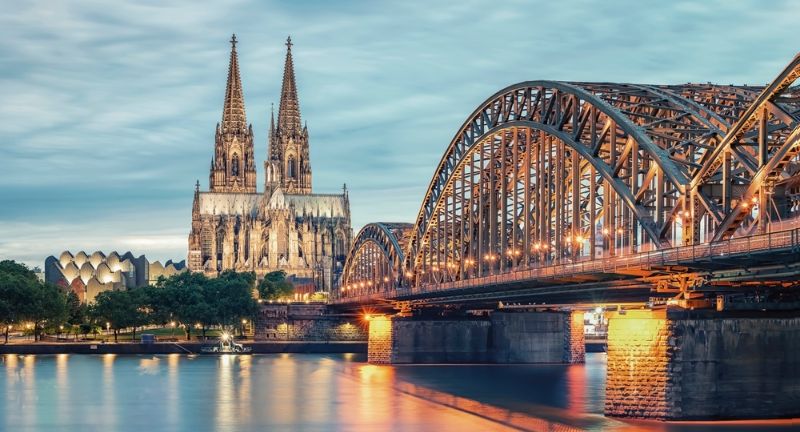
Shutterstock
Cologne is known for its towering Gothic cathedral, the Kölner Dom, which is a UNESCO World Heritage Site. The city’s riverside promenade along the Rhine offers stunning views and a vibrant atmosphere. Cologne is also famous for its art museums, including the Museum Ludwig, which houses an extensive collection of modern art. If you visit in February, you’ll experience the city’s exuberant Carnival festivities, a lively celebration of music, costumes, and parades.
The Black Forest
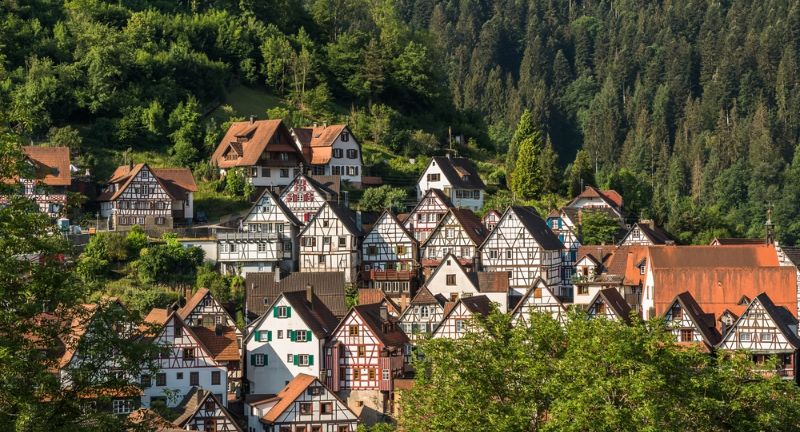
Shutterstock
The Black Forest is a vast region of dense woods, picturesque villages, and rolling hills. Famous for its cuckoo clocks and traditional German folklore, the area offers a wealth of outdoor activities, including hiking, cycling, and skiing. Visit charming towns like Triberg and Titisee, where you can sample local delicacies like Black Forest cake. The forest’s lush greenery and tranquil atmosphere make it a perfect retreat for nature lovers.
Rothenburg ob der Tauber
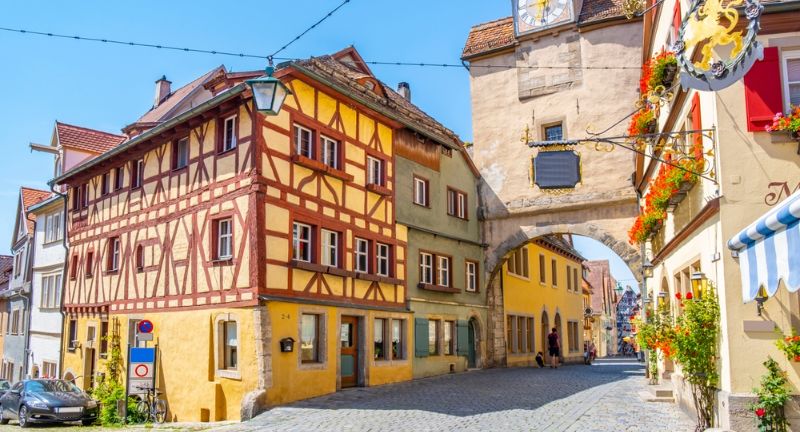
Shutterstock
Rothenburg ob der Tauber is one of Germany’s most well-preserved medieval towns. Walking through its narrow streets feels like stepping into a fairy tale, with half-timbered houses and cobblestone alleys at every turn. The town is famous for its Christmas markets and the Käthe Wohlfahrt Christmas Village, a year-round holiday shop. Visitors can also explore the town’s ancient walls and towers for panoramic views of the surrounding countryside.
Dresden
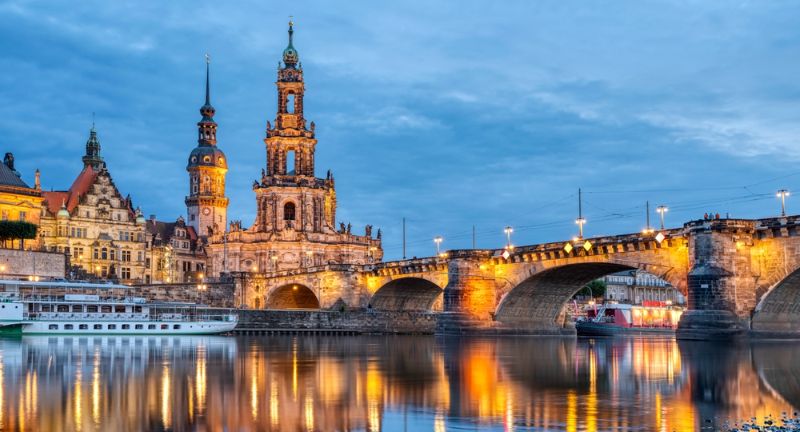
Shutterstock
Dresden, often called “Florence on the Elbe,” is renowned for its baroque and rococo architecture. The city’s Zwinger Palace and Semper Opera House are among Germany’s most iconic buildings. Dresden’s Frauenkirche, which was meticulously rebuilt after World War II, is a symbol of resilience and unity. With its riverside location, art museums, and rich cultural heritage, Dresden is a city that enchants visitors at every corner.
Frankfurt
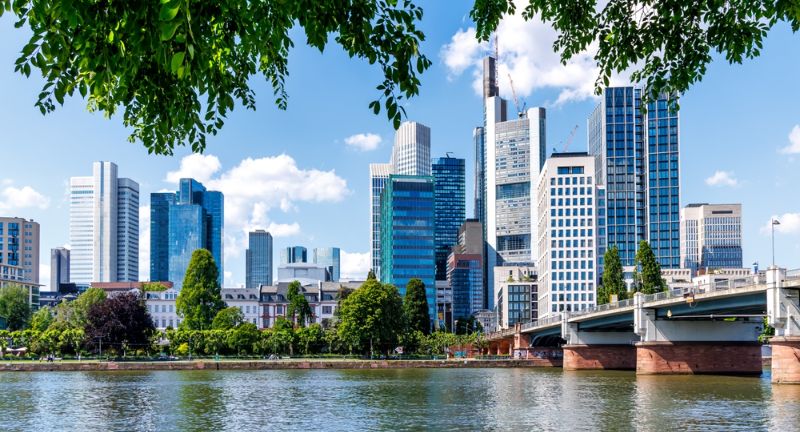
Shutterstock
Frankfurt, a modern financial hub, stands out for its impressive skyline, often called “Mainhattan.” The city’s Römer, a medieval building that serves as the town hall, contrasts with its sleek skyscrapers. Along the Main River, the Museumsufer district is home to a variety of excellent museums, including the Städel Museum. Whether you’re visiting for business or pleasure, Frankfurt offers a unique blend of old-world charm and contemporary flair.
Leipzig
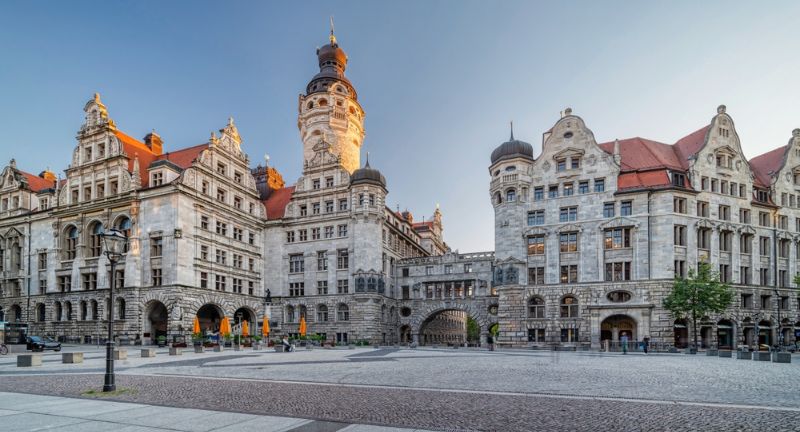
Shutterstock
Leipzig is a city with deep cultural roots, especially in music, having been home to composers like Johann Sebastian Bach and Felix Mendelssohn. A visit to St. Thomas Church, where Bach worked as choirmaster, offers a step back in time. The city’s market square is lively and lined with historical buildings, blending the old and the new. Leipzig’s rich history and modern energy make it a fascinating stop for travelers interested in culture and history.
Nuremberg
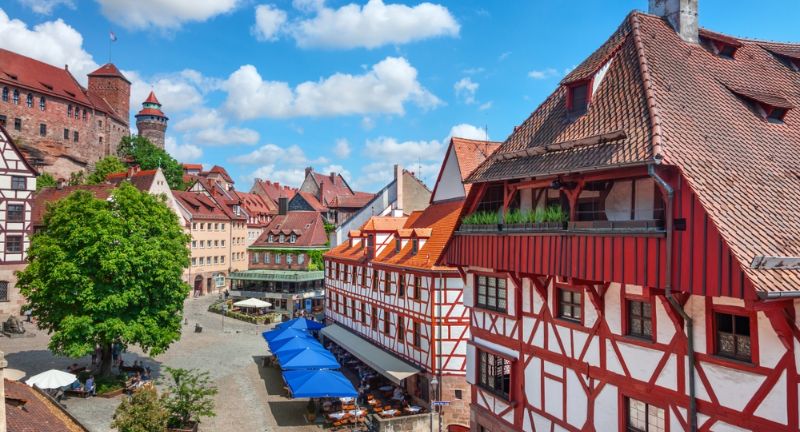
Shutterstock
Nuremberg is a city steeped in history, from its medieval roots to its role in World War II. The imposing Nuremberg Castle overlooks the city, offering fantastic views and a glimpse into the area’s past. A visit to the Nazi party rally grounds and the Nuremberg Trials Memorial provides important context on the city’s more recent history. The city also boasts a vibrant arts scene and hosts one of Germany’s most famous Christmas markets.
Lübeck
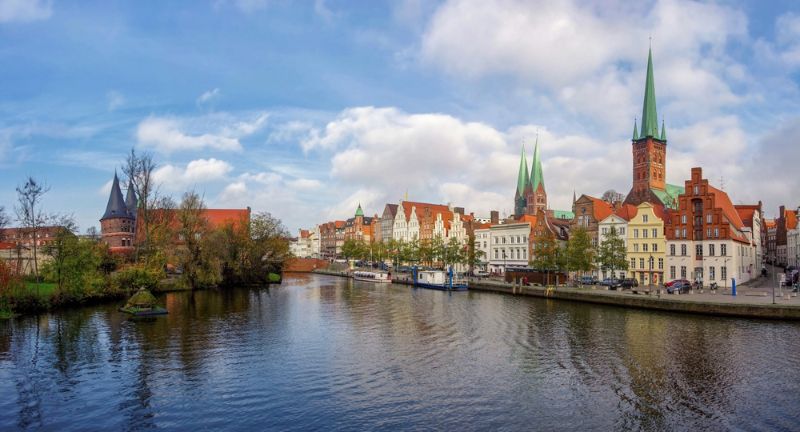
Shutterstock
Lübeck, a UNESCO World Heritage site, is famous for its medieval architecture and maritime history. The town’s beautiful Old Town, encircled by water, offers a maze of narrow streets and gothic churches. Lübeck is also known for its production of marzipan, a sweet treat that is deeply rooted in the city’s history. Visitors can tour the iconic Holstentor gate, which symbolizes Lübeck’s former status as a powerful Hanseatic city.
Bamberg

Shutterstock
Bamberg is a picturesque town with a rich history, much of which is reflected in its stunning medieval architecture. The town’s UNESCO World Heritage status is well-earned, with its historic buildings and quaint riverside setting. Bamberg is also famous for its unique smoked beer, or Rauchbier, which can be enjoyed in its many traditional taverns. With its winding streets and beautiful cathedral, Bamberg is an idyllic spot for history and beer enthusiasts alike.
Garmisch-Partenkirchen
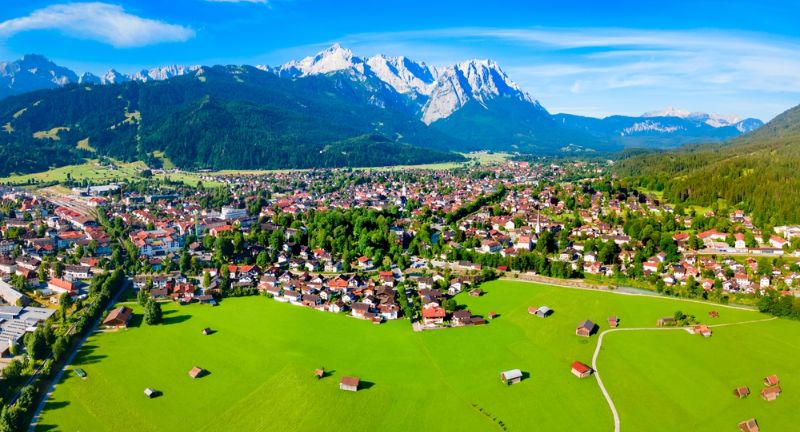
Shutterstock
Nestled in the Bavarian Alps, Garmisch-Partenkirchen is a charming alpine town known for its outdoor activities. In winter, it is a hub for skiing and snowboarding, while in summer, hikers flock to its stunning trails. The Zugspitze, Germany’s highest peak, is accessible from here by cable car. Whether you’re seeking adventure or a quiet escape in the mountains, Garmisch-Partenkirchen offers something for everyone year-round.
Berchtesgaden National Park
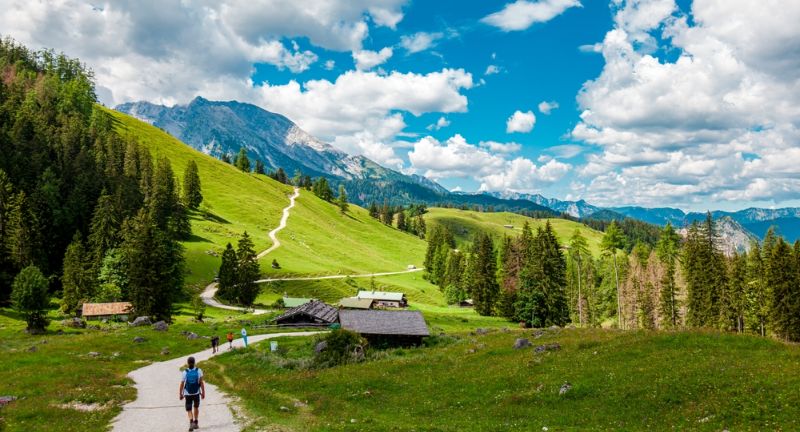
Shutterstock
Located in the Bavarian Alps, Berchtesgaden National Park is one of Germany’s most pristine natural areas. The park is home to Lake Königssee, a crystal-clear lake surrounded by towering mountains and alpine forests. Visitors can hike the trails, take boat tours, or visit the famous Eagle’s Nest, a former mountaintop retreat of Adolf Hitler. The breathtaking scenery and rich history make Berchtesgaden a must-visit for nature lovers and history buffs alike.
Potsdam
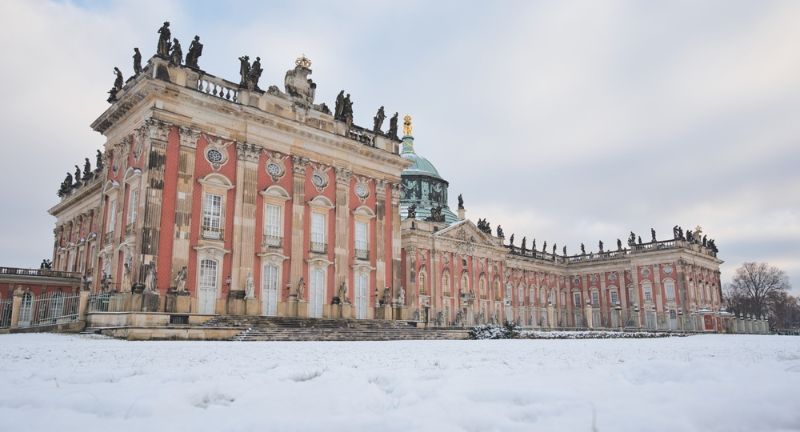
Shutterstock
Just outside of Berlin, Potsdam is famous for its grand palaces and royal history. Sanssouci Palace, once the summer home of Frederick the Great, is surrounded by stunning gardens and baroque architecture. The city’s Dutch Quarter is another unique attraction, offering quaint streets lined with red-brick houses. Potsdam’s rich royal history and beautiful landscape make it an excellent day trip for those staying in Berlin.
Trier
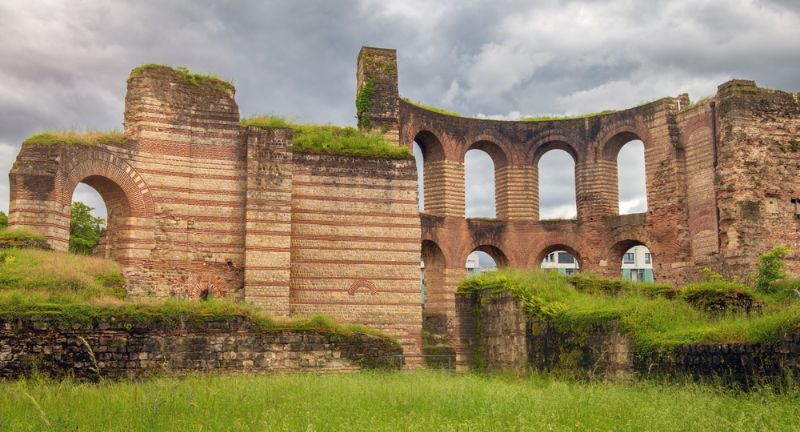
Shutterstock
Trier is Germany’s oldest city and was once a major center of the Roman Empire. The city is home to some of the best-preserved Roman ruins in Germany, including the iconic Porta Nigra, an ancient Roman gate. Other highlights include the Cathedral of Trier and the Roman Amphitheater. Visitors to Trier will be transported back in time as they explore the city’s rich history and impressive landmarks.
Füssen
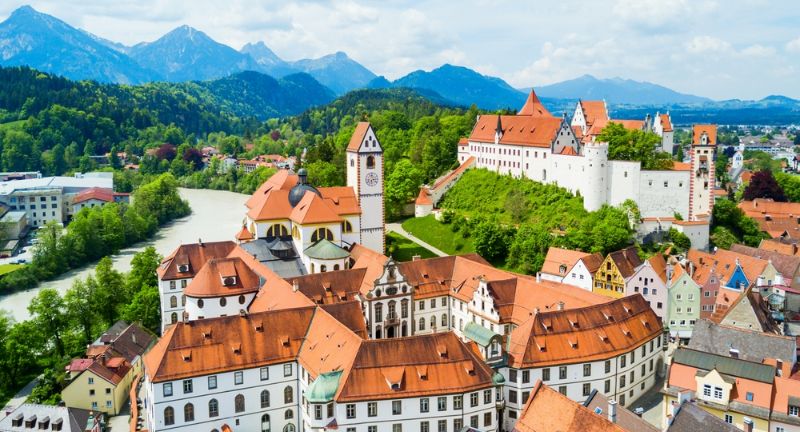
Shutterstock
Füssen is a charming town located near the Austrian border and is best known for being the gateway to Neuschwanstein Castle. The town itself offers picturesque streets, beautiful baroque architecture, and a serene lakeside setting. It’s also home to the Hohes Schloss, a Gothic castle with colorful frescoes that now houses an art museum. Füssen’s proximity to both natural beauty and historic sites makes it a perfect base for exploring the Bavarian Alps.
Bremen
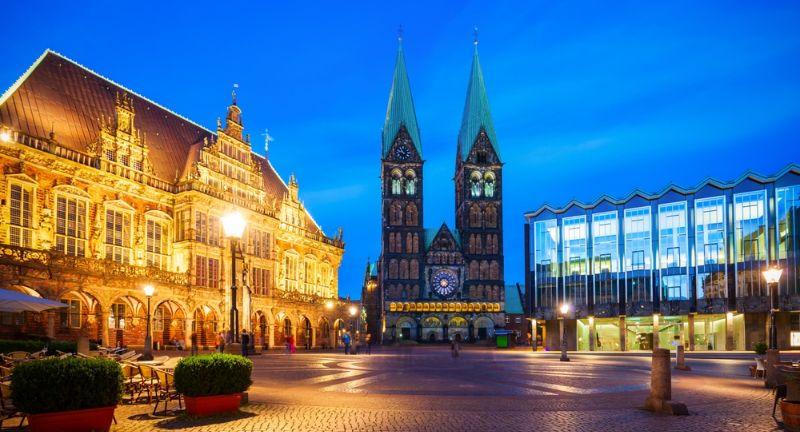
Shutterstock
Bremen is a city steeped in maritime history and is one of the oldest cities in northern Germany. The medieval Town Hall and Roland Statue are UNESCO World Heritage Sites that give visitors a glimpse into Bremen’s rich past. The city is also known for the fairy tale of the “Bremen Town Musicians,” celebrated with a statue in the heart of the city. Wander through the Schnoor Quarter, a maze of narrow streets and old fisherman’s houses that showcase the charm of this Hanseatic city.
Koblenz
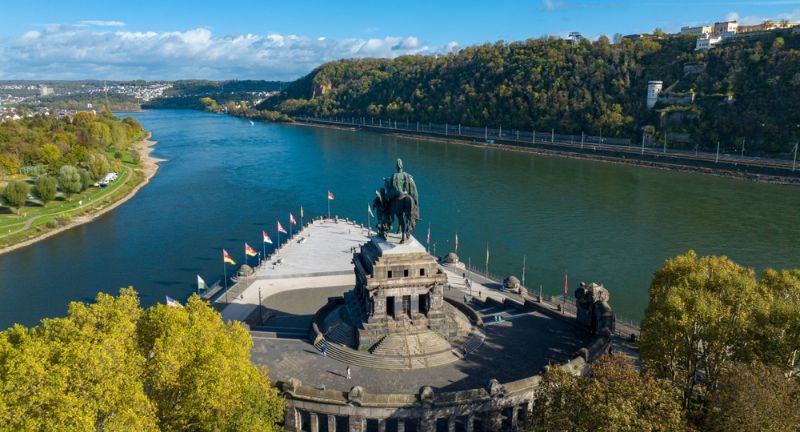
Shutterstock
Koblenz is a scenic town situated at the confluence of the Rhine and Moselle rivers, making it a popular stop for river cruises. The Deutsches Eck, or German Corner, is a monument where the two rivers meet, offering stunning views. Koblenz is the gateway to the Middle Rhine Valley, known for its romantic castles, vineyards, and picturesque landscapes. The town itself is filled with historical architecture, quaint squares, and lively cafes, making it a perfect spot for a relaxing visit.
Stuttgart
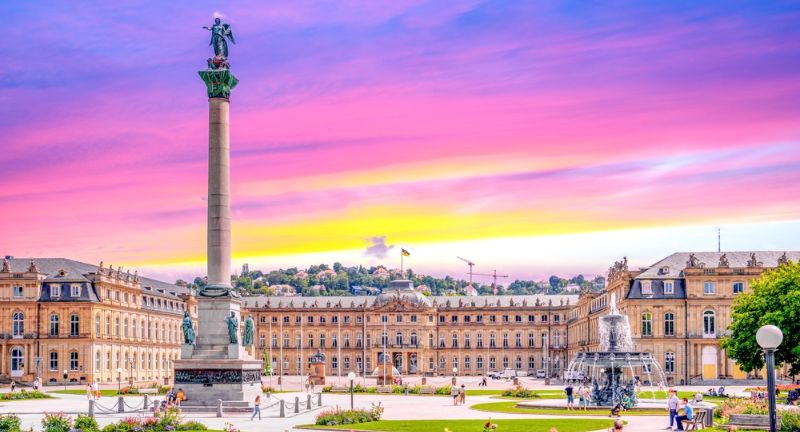
Shutterstock
Stuttgart, the capital of Baden-Württemberg, is known for its automotive history and innovation. Car enthusiasts will love the Mercedes-Benz and Porsche museums, which offer a deep dive into Germany’s luxury car industry. Beyond cars, Stuttgart boasts beautiful parks, such as the sprawling Schlossgarten, and cultural landmarks like the Stuttgart State Opera. With a mix of green spaces, rich culture, and industrial heritage, Stuttgart offers something for every traveler.
Regensburg
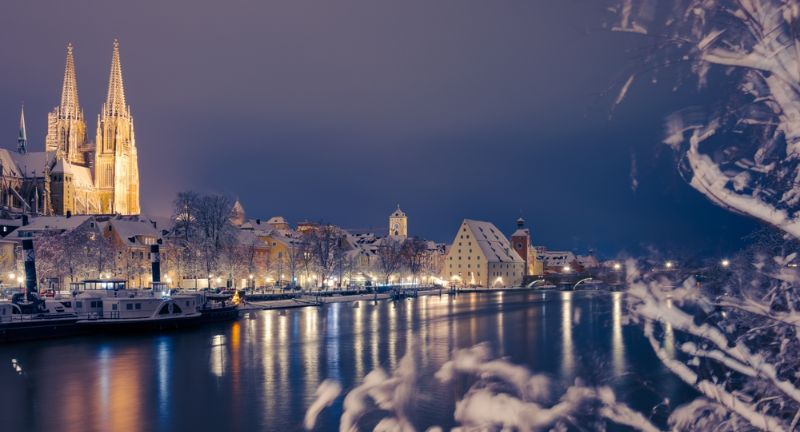
Shutterstock
Regensburg is a UNESCO World Heritage Site known for its well-preserved medieval Old Town. The city is situated along the Danube River, and its 12th-century Stone Bridge is an iconic landmark. Regensburg’s Gothic cathedral, St. Peter’s, dominates the skyline, while the town’s narrow streets are filled with charming shops and cafes. A stroll through Regensburg feels like stepping back in time to the height of medieval Europe.
Meersburg
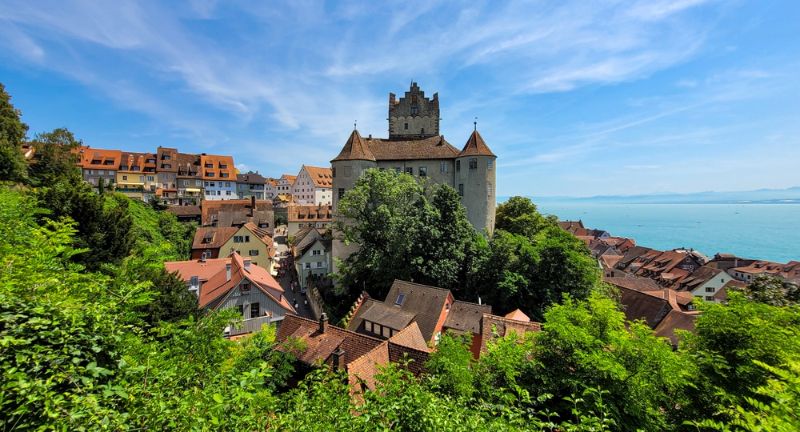
Shutterstock
Meersburg is a delightful town located on the shores of Lake Constance, offering stunning views of the lake and surrounding Alps. The town is famous for its vineyards and wine production, making it a great destination for wine lovers. Meersburg Castle, one of the oldest inhabited castles in Germany, is a highlight of any visit. With its cobblestone streets, half-timbered houses, and picturesque setting, Meersburg is a charming lakeside retreat.
Zugspitze
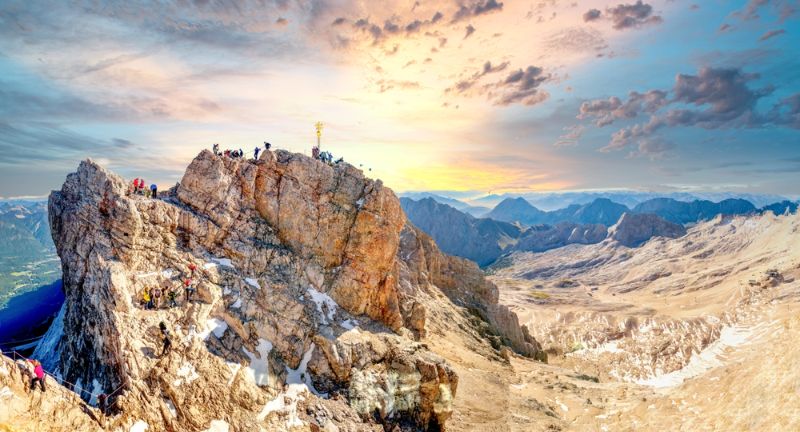
Shutterstock
Zugspitze is Germany’s highest peak and a popular destination for both summer and winter outdoor activities. A cable car ride to the summit offers breathtaking views of the Alps and beyond. In the winter, Zugspitze becomes a paradise for skiers and snowboarders, while summer visitors can enjoy hiking trails and panoramic dining. Whether you’re seeking adventure or simply want to enjoy the stunning alpine scenery, Zugspitze is an unforgettable experience.
Würzburg
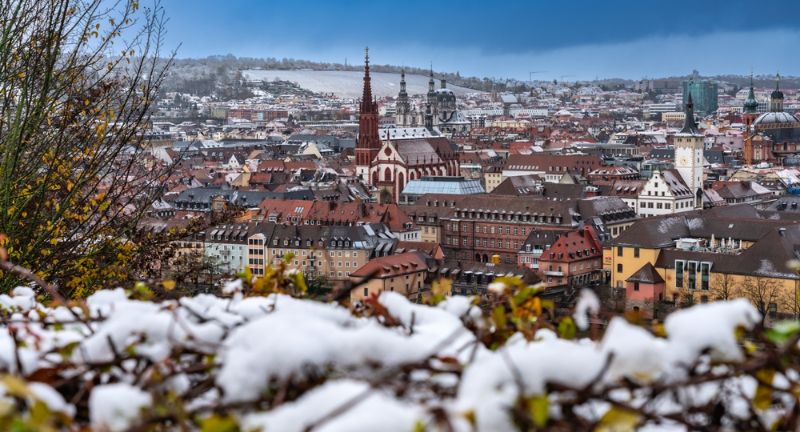
Shutterstock
Würzburg is located in the heart of Franconia and is known for its impressive baroque architecture. The Residenz Palace, a UNESCO World Heritage Site, is the city’s crown jewel, with its grandiose interiors and stunning gardens. Würzburg is also a hub for wine lovers, offering some of the best white wines in Germany. Its riverside setting, rich history, and beautiful buildings make it a wonderful destination for travelers exploring Bavaria.
Rügen Island
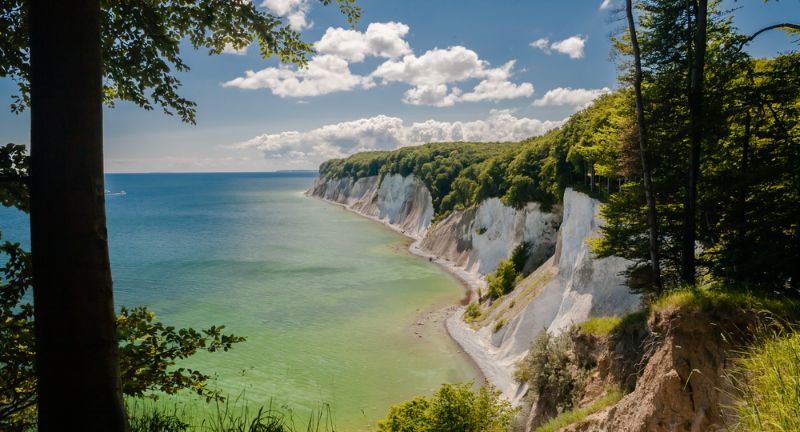
Shutterstock
Rügen is Germany’s largest island, located in the Baltic Sea, and is famous for its dramatic chalk cliffs and beautiful beaches. The island’s Jasmund National Park is a highlight, offering stunning views of the cliffs and surrounding forests. Rügen is also home to charming seaside resorts, such as Binz and Sellin, which are known for their traditional pier and bathing architecture. Whether you’re looking to relax on the beach or explore natural beauty, Rügen is a perfect getaway.
Schwerin
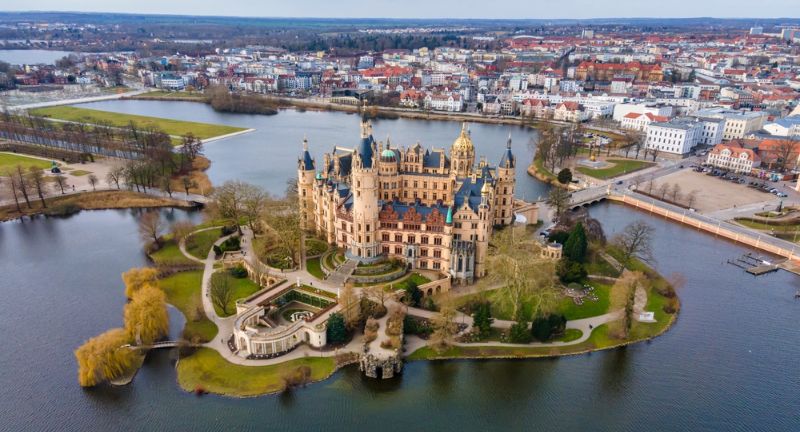
Shutterstock
Schwerin is a small, picturesque city in northern Germany known for its fairy-tale castle. Schwerin Castle is located on an island in the middle of a lake and is surrounded by lush gardens, making it one of the most beautiful palaces in the country. Visitors can explore the castle’s grand rooms, stroll through the gardens, or take a boat tour of the lake. The city’s peaceful atmosphere and stunning architecture make Schwerin a perfect spot for a quiet retreat.
Düsseldorf
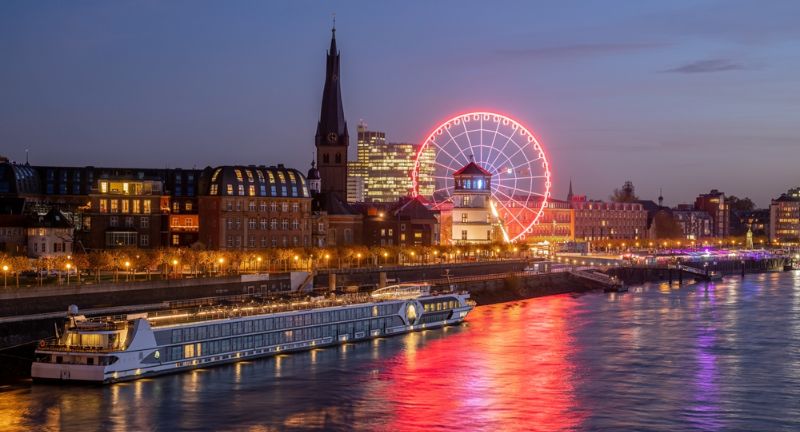
Shutterstock
Düsseldorf is a modern city known for its fashion and art scenes, making it a cosmopolitan hub in Germany. The city’s Altstadt (Old Town) is often referred to as “the longest bar in the world” due to its dense collection of pubs and beer halls. The Rhine Promenade is perfect for a leisurely stroll, offering scenic views of the river and modern architecture. Visitors to Düsseldorf can enjoy world-class shopping, galleries, and an exciting nightlife.
Hannover
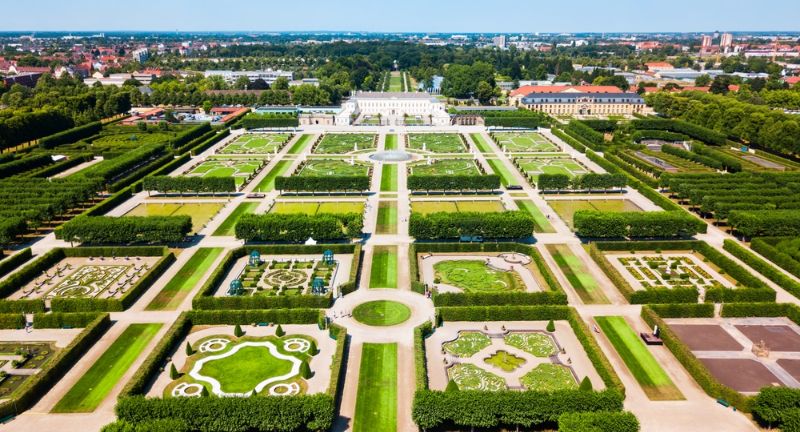
Shutterstock
Hannover is a city that blends modernity with history, offering beautiful gardens, museums, and historical landmarks. The Herrenhausen Gardens are one of the most beautiful examples of baroque landscaping in Europe and are a must-see attraction. The city’s New Town Hall is an architectural masterpiece, offering panoramic views from its dome. Whether exploring its vibrant arts scene or enjoying its green spaces, Hannover is a delightful stop in northern Germany.
Conclusion
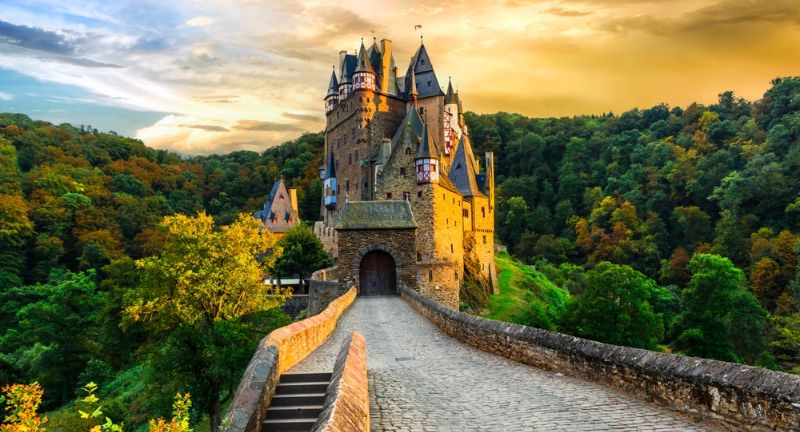
Shutterstock
Germany’s rich cultural heritage, breathtaking landscapes, and vibrant cities make it an unforgettable travel destination. Whether you’re exploring its ancient castles, walking through medieval towns, or enjoying the energy of its modern metropolises, every corner of the country offers something special. The diversity of experiences ensures that travelers can find exactly what they’re looking for, whether it’s relaxation, adventure, or history. As you plan your trip, these 30 incredible destinations provide the perfect starting point for discovering the best that Germany has to offer. No matter where your journey takes you, Germany’s charm will leave a lasting impression.
More From Bon Voyaged
-


Billionaire Escapes: The Most Lavish Vacation Destinations on Earth
-
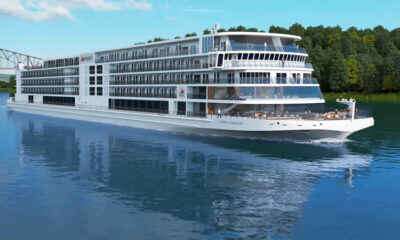

Viking is Launching a New Mississippi Cruise Ship
-


Bali’s New Premarital Sex Ban Will Also Apply to Tourists
-


These Are the U.S. Cities Where Minimum Wage Goes the…
-


What Happens When a Hurricane Closes a Cruise Port?
-


Cheap International Flights From British Airways’ Parent Airline
-


The Best Mini Theme Park Backpacks
-


A Pot-Friendly Hotel is Heading to Las Vegas
-
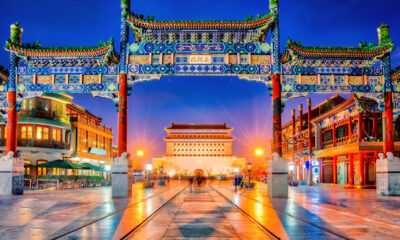

US Warns Americans About Travel to China
-


Travel Advice From the Travel Guru Himself – Anthony Bourdain
-


Why Chicago is the Ultimate Travel Spot
-
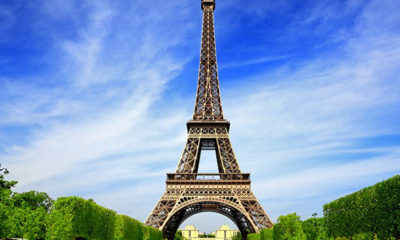
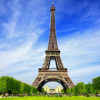
This is the Most Visited Country in the World

